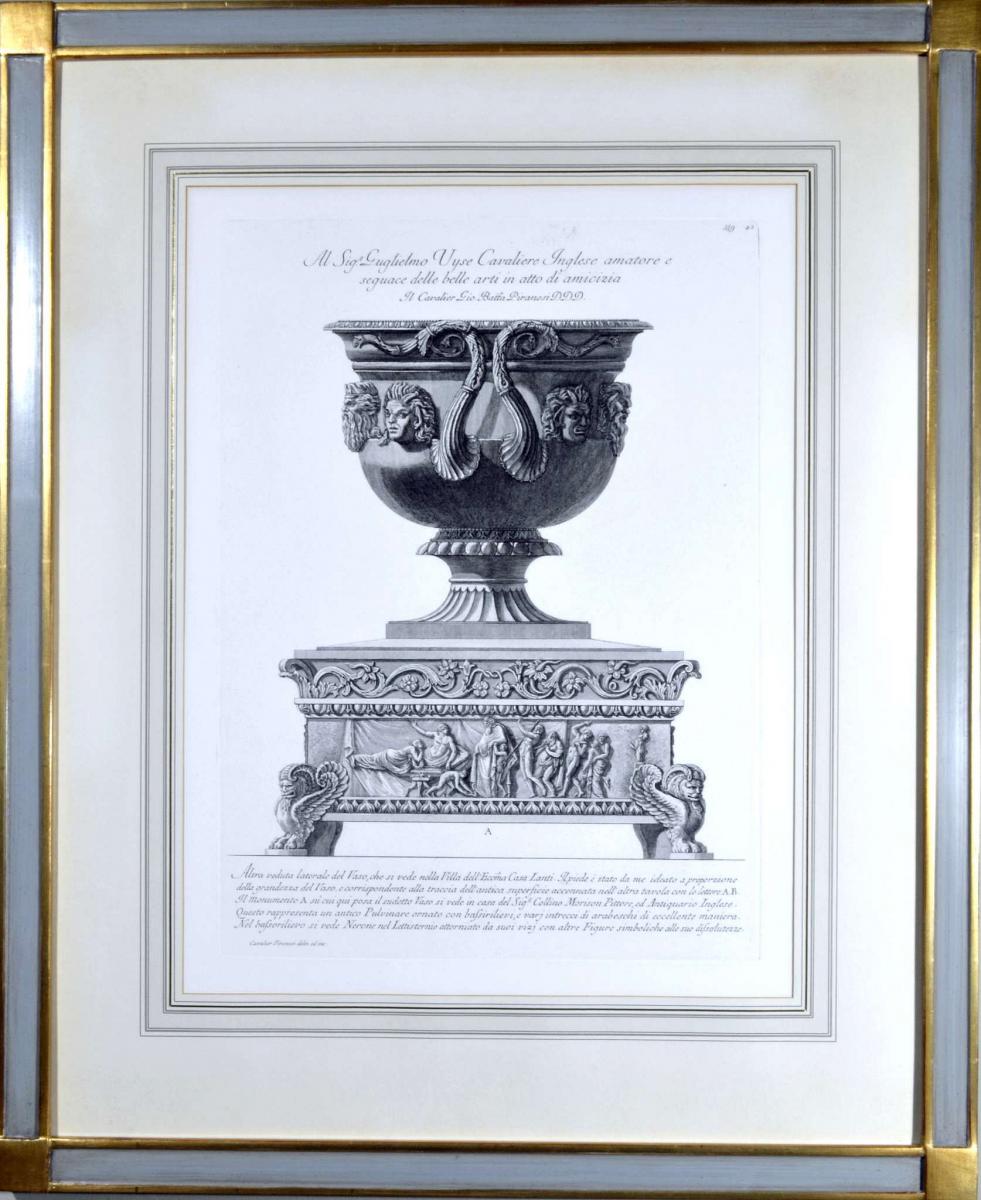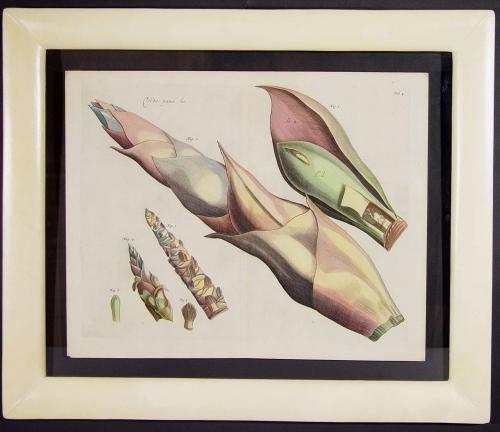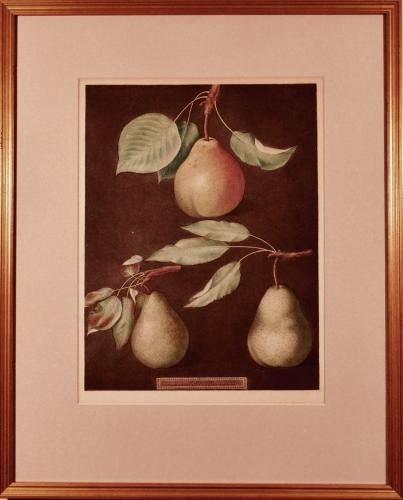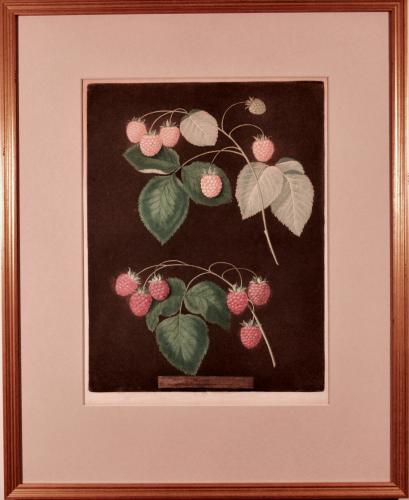

Price on application
This object is eligible for a Certificate of BADA Provenance
The BADA Standard
- Since 1918, BADA has been the leading association for the antiques and fine art trade
- Members are elected for their knowledge, integrity and quality of stock
- Our clients are protected by BADA’s code of conduct
- Our dealers’ membership is reviewed and renewed annually
- Bada.org is a non-profit site: clients deal directly with members and they pay no hidden fees
Giovanni Battista Piranesi Massive Framed Etching of an Urn.
Early 19th Century.
Paper.
Dimensions:
Frame: 33 1/2 inches x 27 1/2 inches.
Sheet size: 32 7/8 inches x 23 1/2 inches.
Plate size: 21inches x 15 1/4 inches.
Framed Etching of A Massive Urn by Giovanni Battista Piranesi.
Plate 549. #43.
Signed lower left on plate Cavalier Piranesi delin. ed inc.
Early 19th Century.
After Vasi, candelabri, cippi, sarcofagi, tripodi, lucerne, ed ornamenti antichi disegnati ed incisi dal Cav. Gio. Batt. Piranesi, Vol. I (Vases, candelabra, grave stones, sarcophagi, tripods, lamps, and ornamaments designed and etched by Cavalieri Giovanni Battista Piranesi) (Ref: ny8105-2-imr).
The massive etching is framed with a gray blue ground and gold double border with French matting with gilded square corners.
A large etching of a massive urn with dedication at the top which reads-Al Sig. Guglielmo Uyse Cavaliere inglese amatore seguace della belle arti in atto di amicizia which translates roughly as To Mr William Knight Uyse English amateur follower of the fine arts in the act of friendship.
The image is described at the bottom-Altra veduta laterale del vaso che si vede nella villa dell eccma casa lanti which translates roughly as Another view of the side of the pot that you see in the Villa of Eccma's.
Reference: Giovanni Battista Piranesi (1720 - 1778).
(http://www.getty.edu/art/collection/artists/804/giovanni-battista-piranesi-italian-1720-1778/).
An Italian etcher, archaeologist, designer, theorist, and architect, Giovanni Battista Piranesi was born in Venice. His uncle, a designer and hydraulics engineer, taught him the art of drawing. During his early years he studied stage design and intricate systems of perspective composition. Piranesi's prints and drawings reveal his takent for combining dramatic perspectives and architectural fantasies.
When Piranesi was twenty, he moved to Rome and began a careful study of the city's ancient monuments. He began etching inventive views of ancient ruins and modern Roman structures, images that brought him great popularity, and later began a series of etchings of fantastic prison interiors.
During his fifties, Piranesi's interest in archaeology took him to southern Italy, where he produced drawings and etchings of Greek architecture. During an expedition, ill health forced him to return to Rome, where he died at the age of fifty-eight.
Piranesi's highly original designs and ideas influenced many artists and literary figures during and beyond his lifetime. Neo-classical designers and early Romantic writers were quick to recognize his eclectic vision. Piranesi's extensive artistic output was dispersed widely through prints sold to Grand Tourists, who often visited his flourishing workshop. His prints were reproduced in great numbers, even after his death.
Reference:
Giovanni Battista Piranesi (1720-1778) is one of the greatest eighteenth century Italian printmakers and one of the leading figures in the development of the neoclassical style. Venetian by birth, he settled in Rome in 1740. He was the son of a mason and master builder and had a wide ranging training in architecture, stage design and perspective composition. Piranesi had little success in his early years in Rome but once established there he became a well-known figure producing a vast number of etchings illustrating Roman architecture and antiquities until his death in 1778.
This print is from a series of etchings made by Piranesi documenting antiquities excavated in Italy in the 18th century many of which had passed through Piranesi's restoration workshop which he had established in Rome. The plates that Piranesi produced included text with information on the circumstances of discovery of each object and their contemporary location. The prints also bore dedications to Piranesi's patrons and influential friends.
Alongside Piranesi's other publications, the series of prints published in Vasi...had a major influence on the development of the neo-classical style and served as source material for many architects and designers.
Stock number
NY08105-2The BADA Standard
- Since 1918, BADA has been the leading association for the antiques and fine art trade
- Members are elected for their knowledge, integrity and quality of stock
- Our clients are protected by BADA’s code of conduct
- Our dealers’ membership is reviewed and renewed annually
- Bada.org is a non-profit site: clients deal directly with members and they pay no hidden fees




